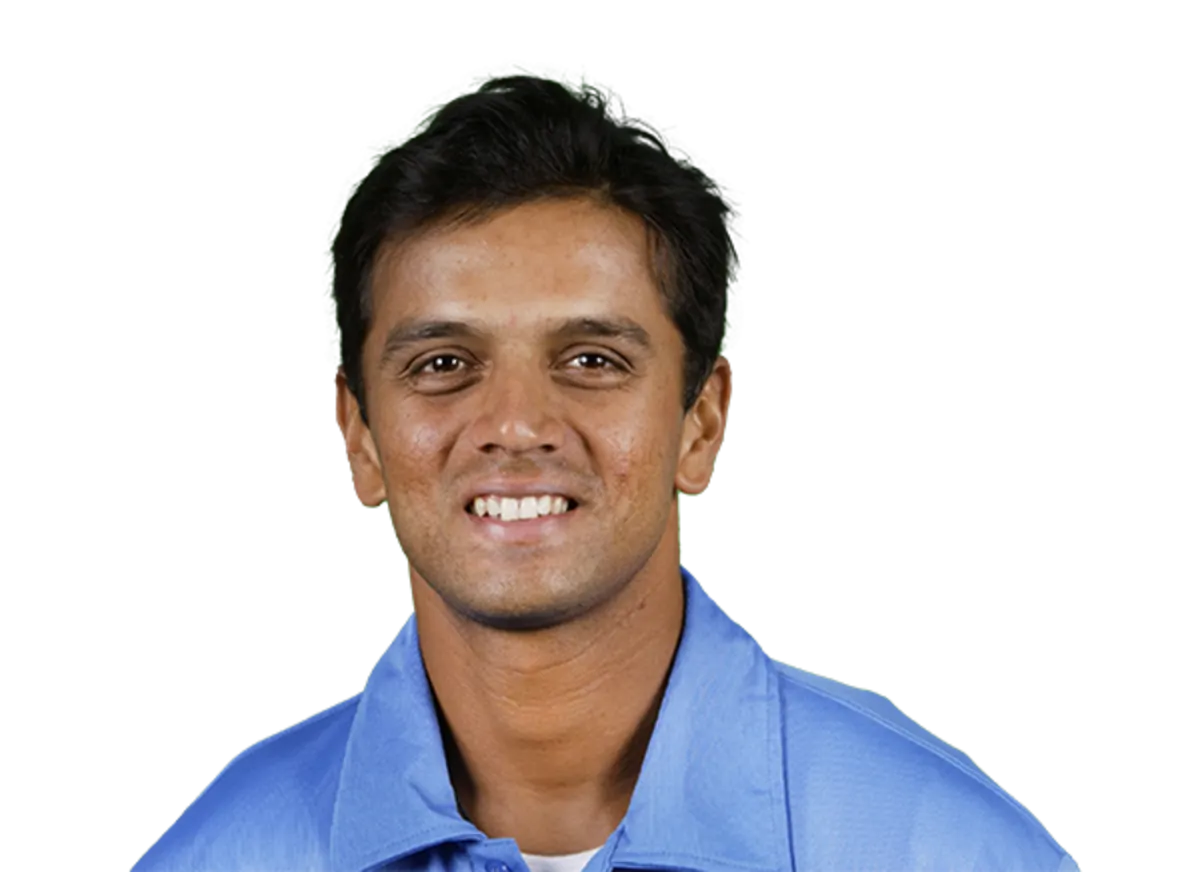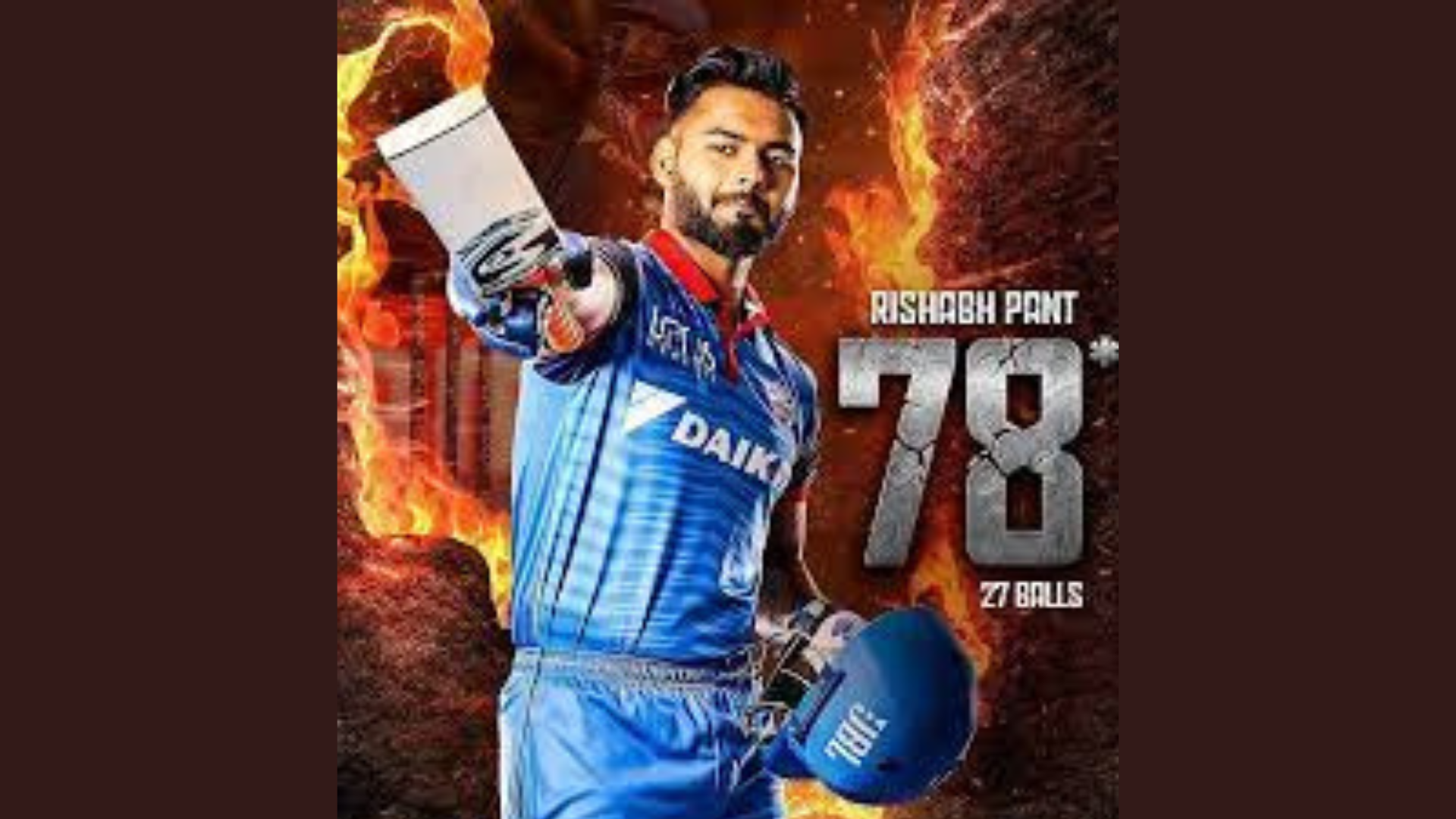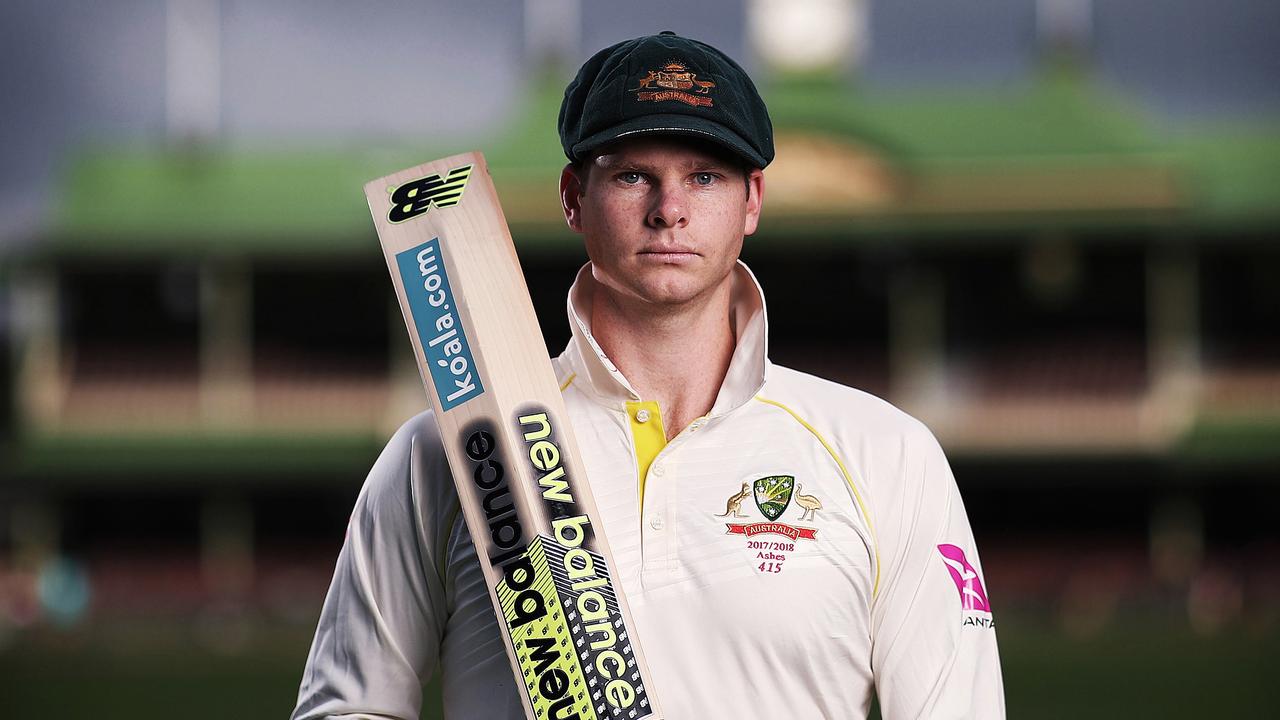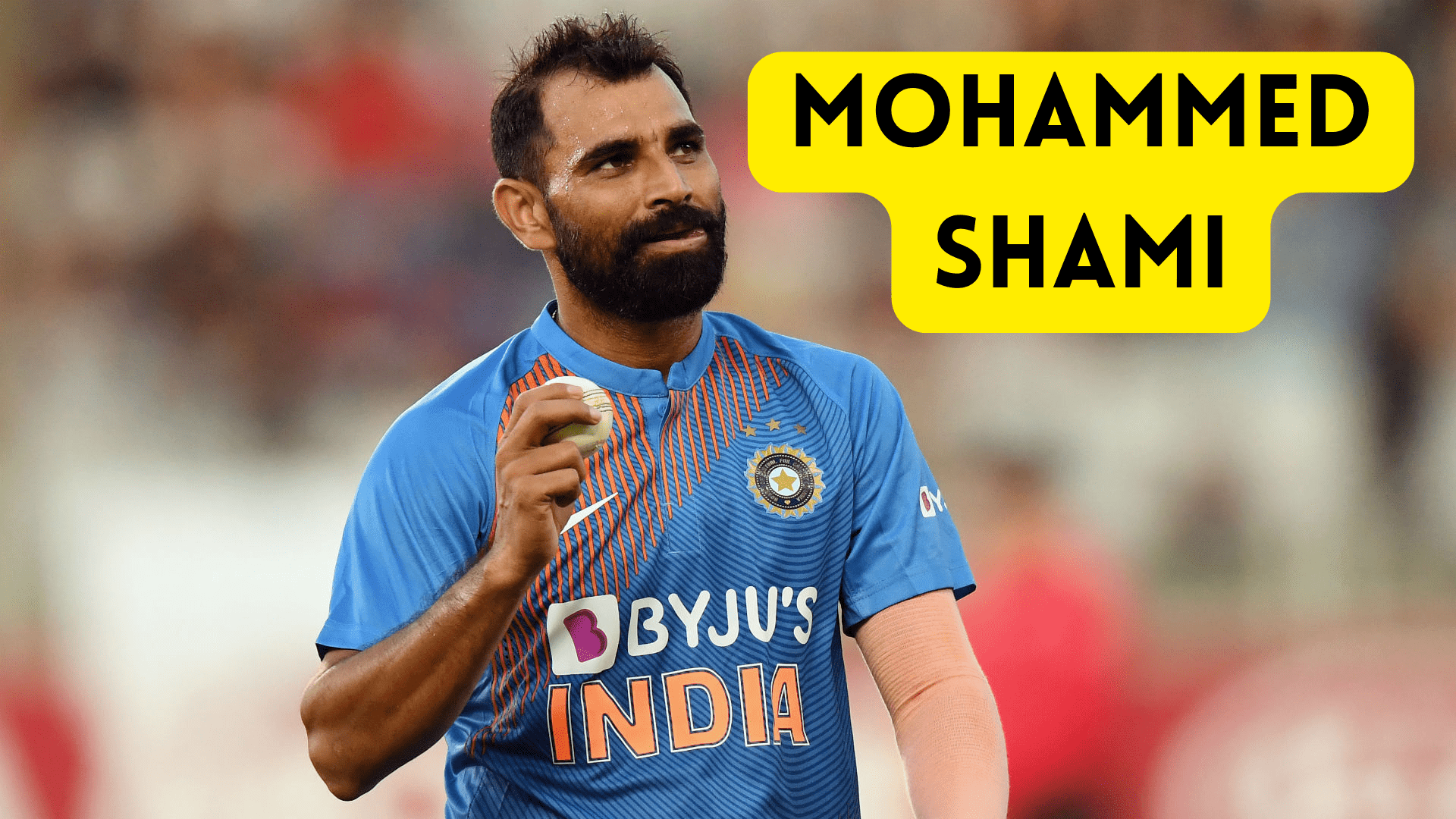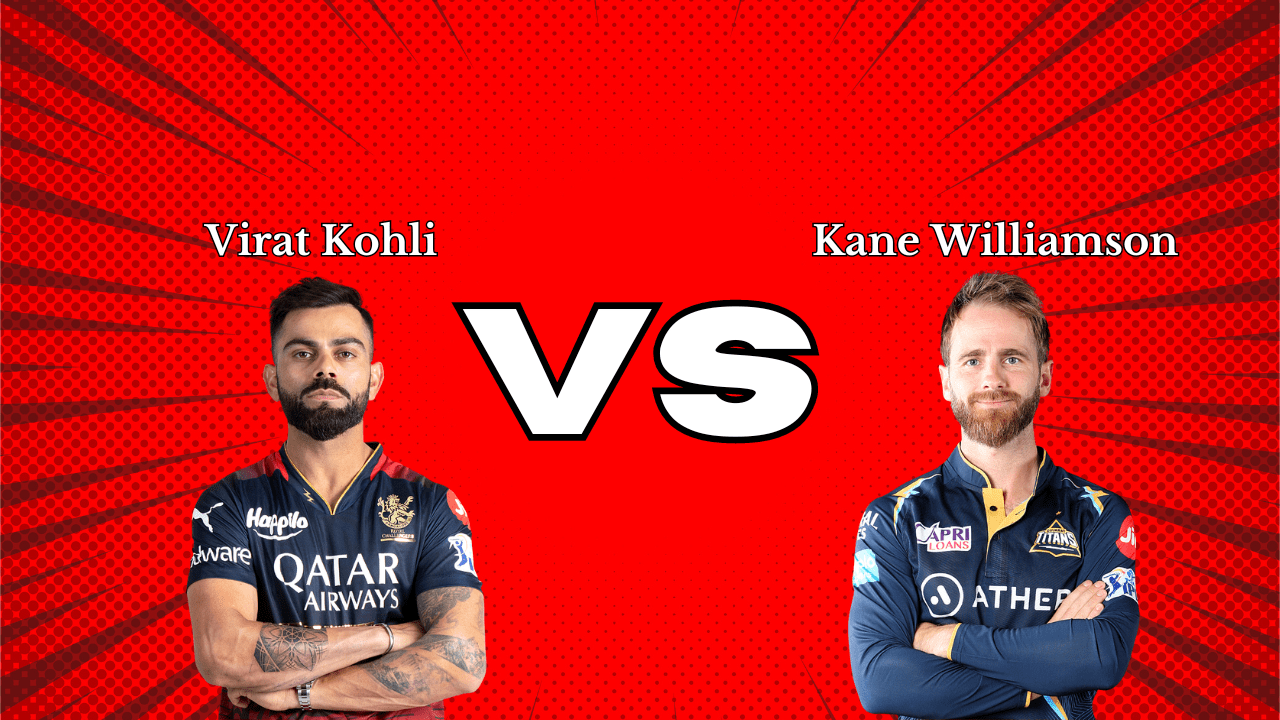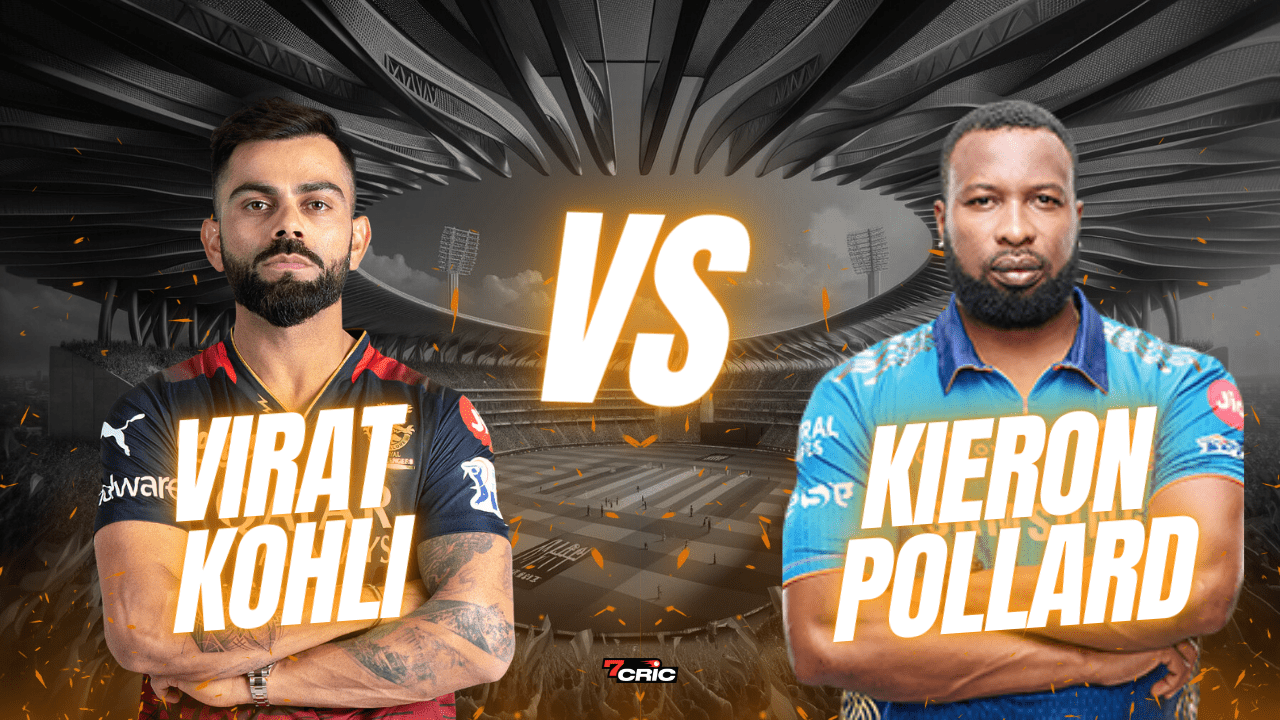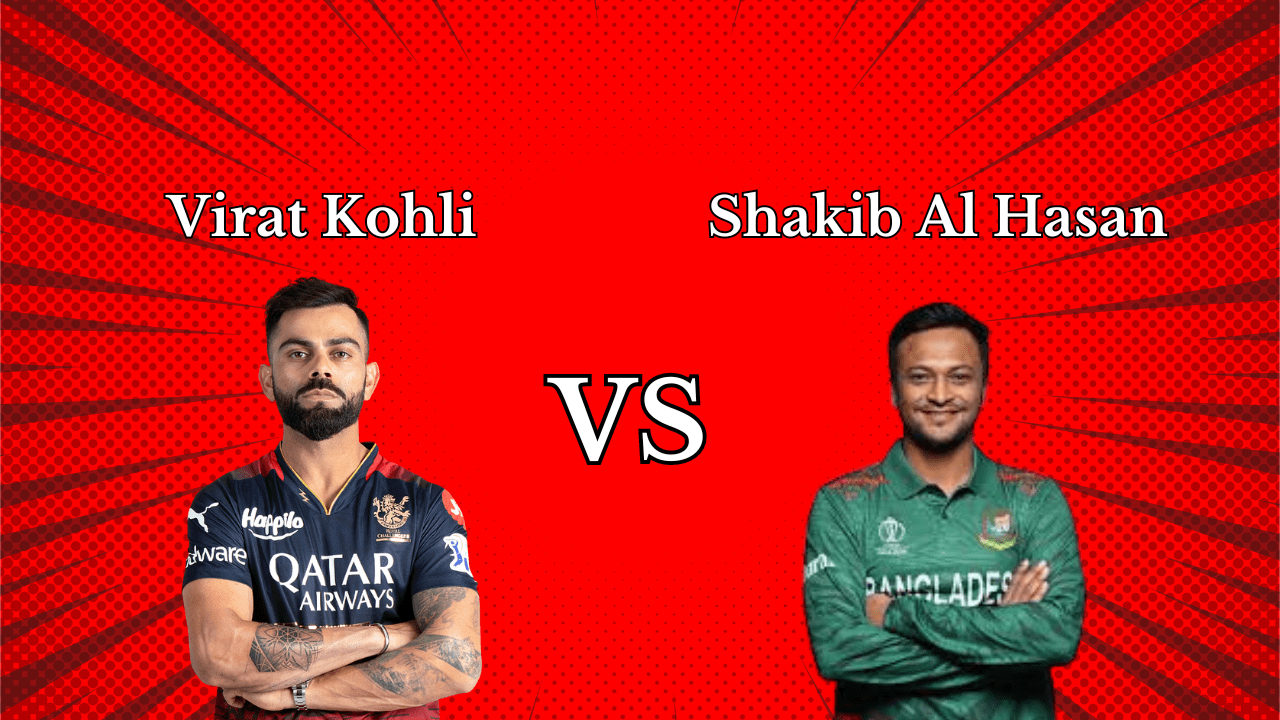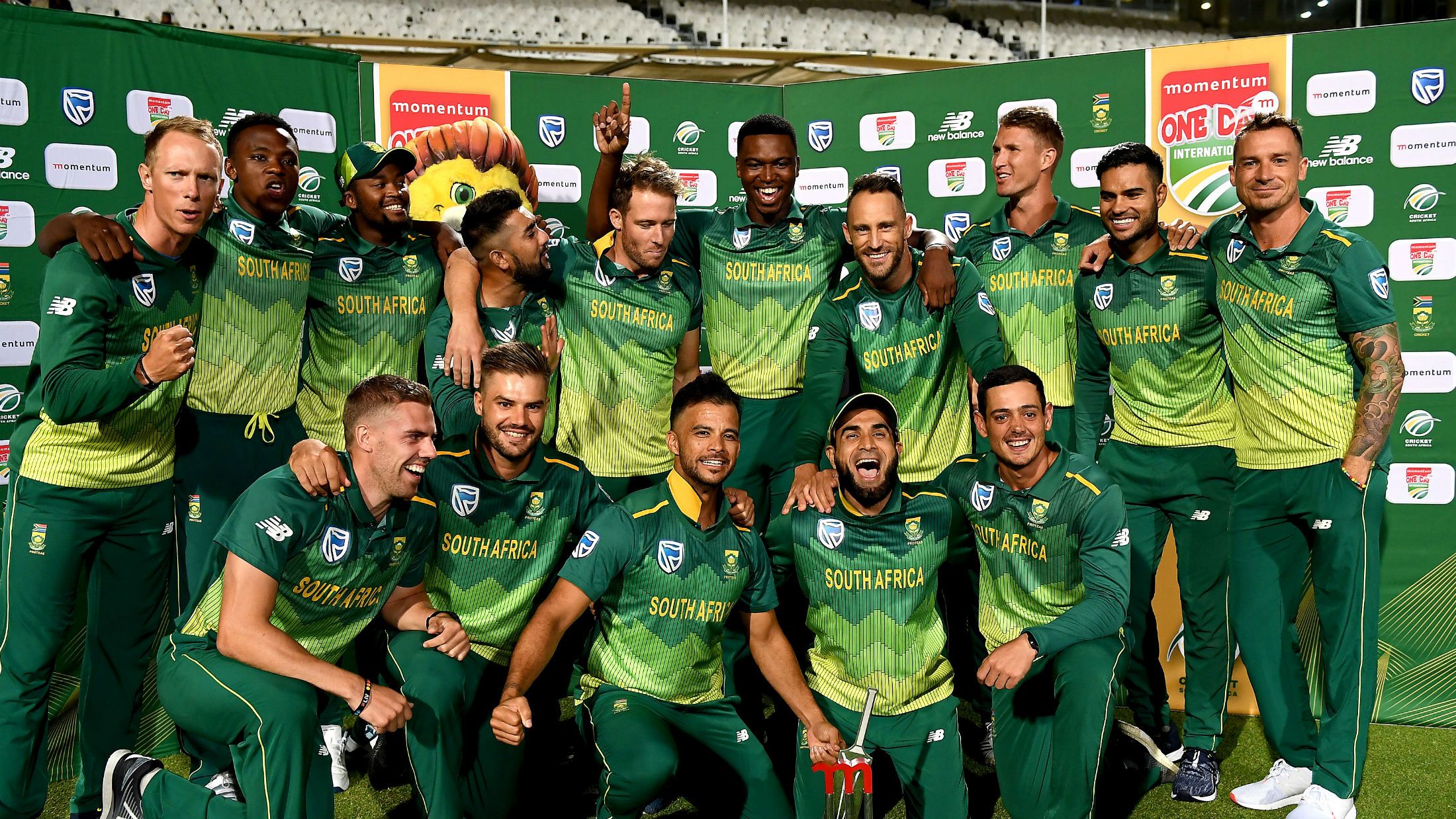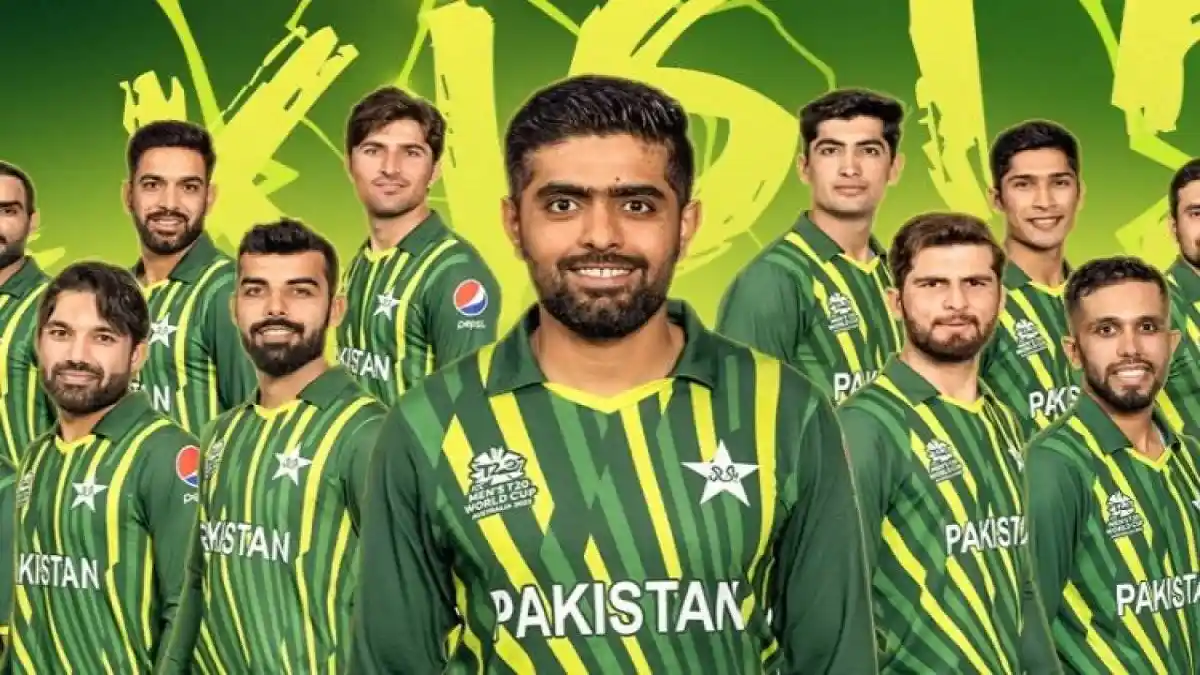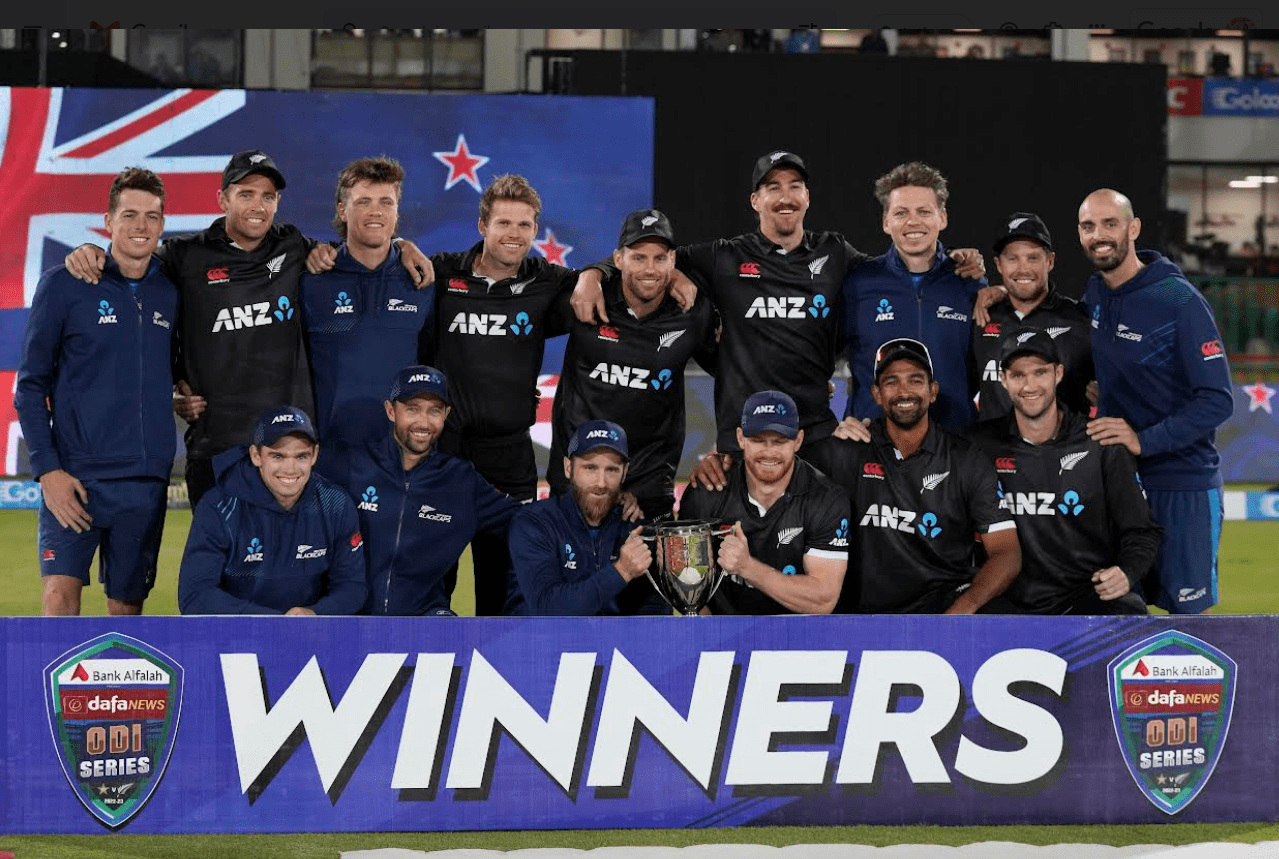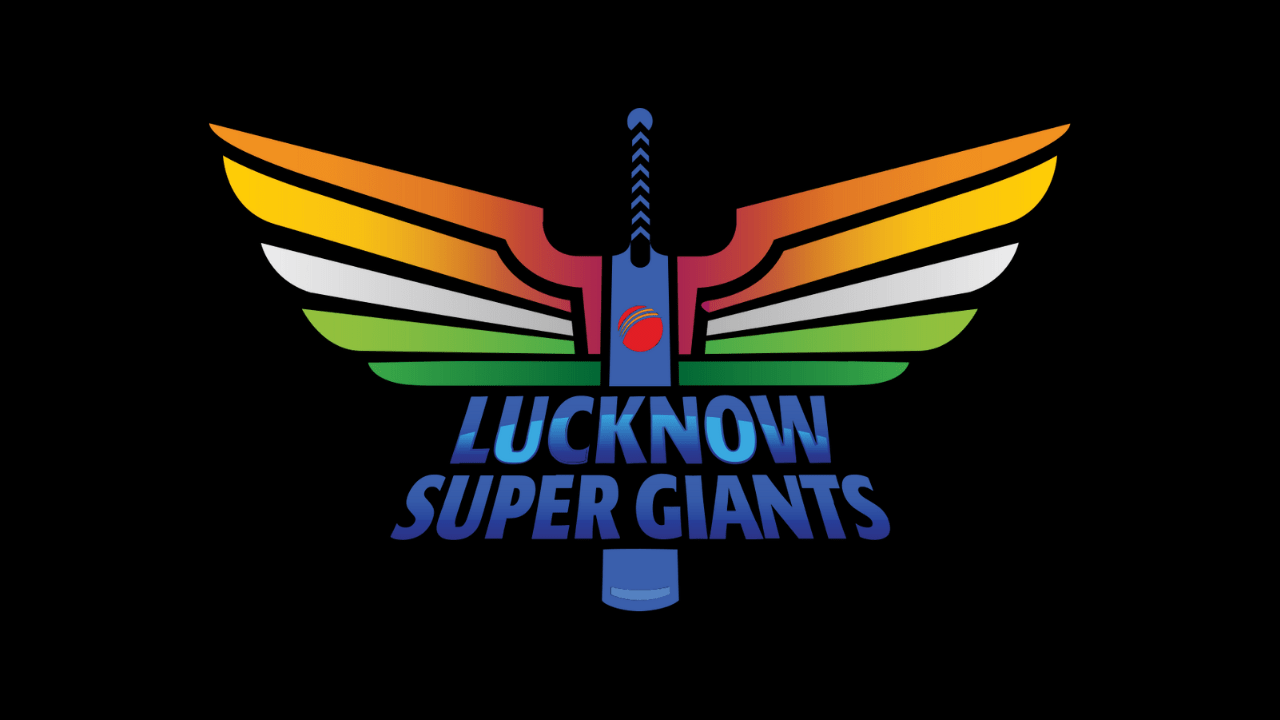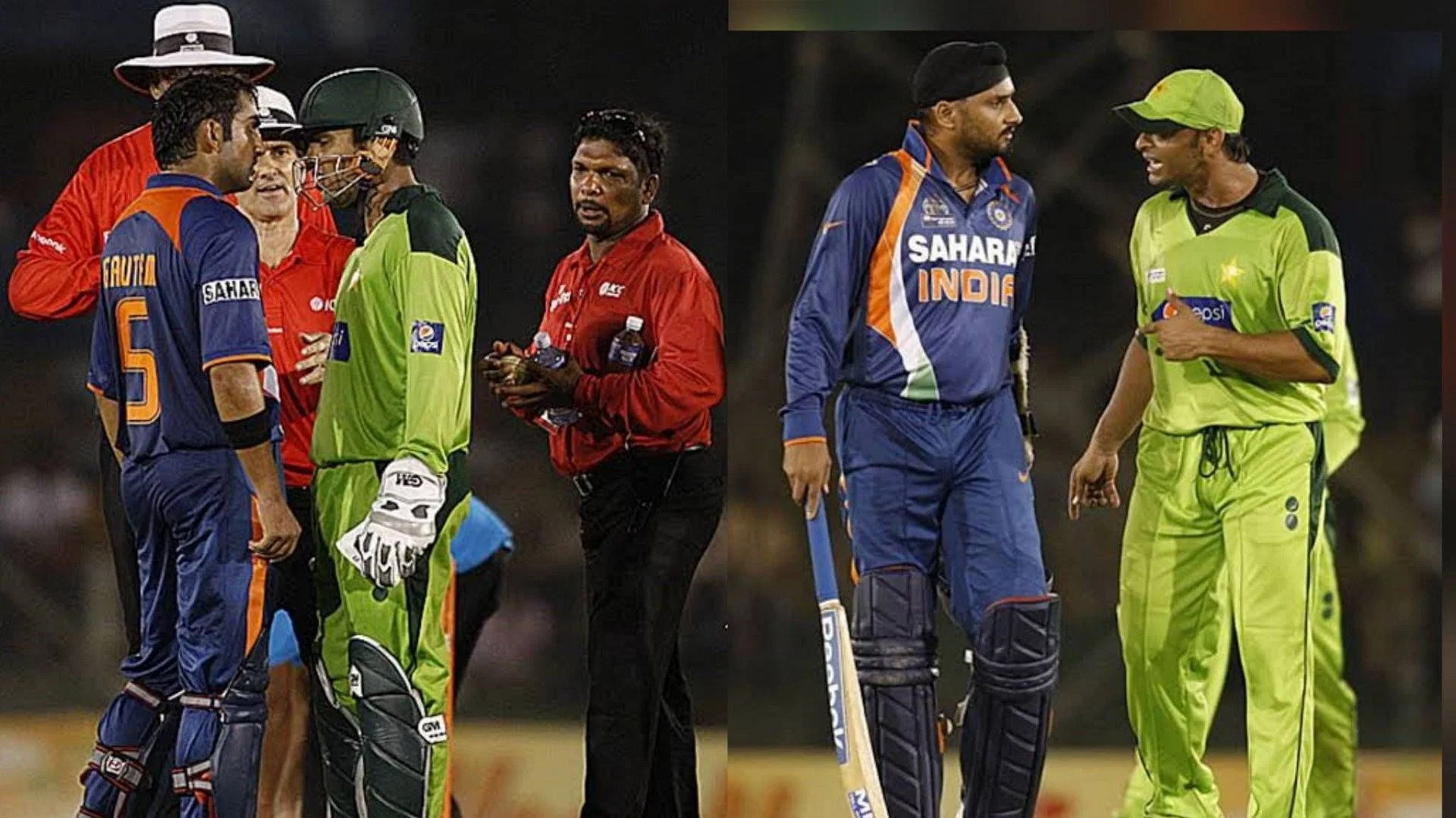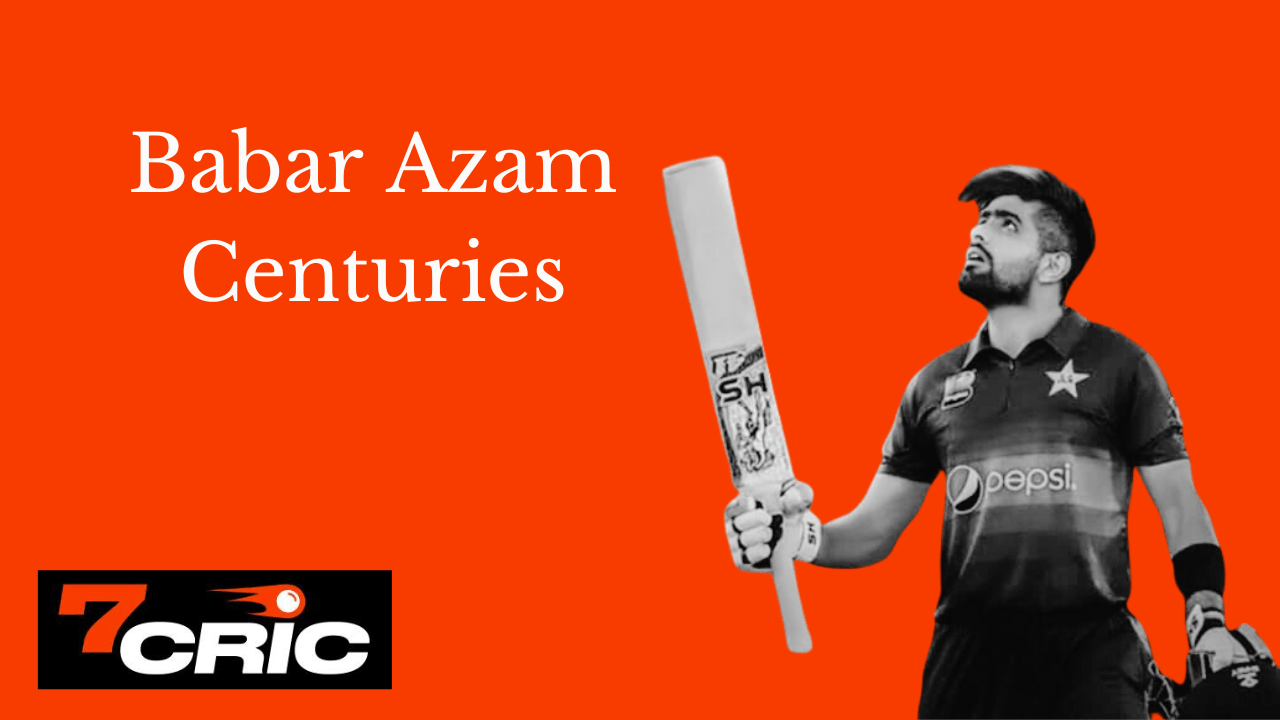Rahul Dravid, a name synonymous with resilience and discipline on the cricket field, has carved a niche not only as a legendary cricketer but also as a significant figure off the field.
From his early days in Bangalore, nurtured amid the scents of jams and preserves, to his rise as a cricketing stalwart and a responsible citizen, Dravid’s journey is a tale of unwavering dedication and multifaceted achievements.
His marriage to Vijeta Pendharkar, his academic pursuits, and his remarkable cricket career are testament to his versatile personality.
Beyond the cricketing accolades, Dravid’s engagement with commercial endorsements and social commitments showcases his broader impact on society and the world of sports.
Key Takeaways
- Versatile Personality: Dravid's proficiency in languages and his seamless blend of academics and sports highlight his multifaceted nature.
- Endorsement King: His long-term associations with brands like Reebok and Pepsi underscore his reliability and widespread appeal.
- Social Advocate: Dravid's involvement in social causes showcases his commitment to societal betterment.
- Family Man: His marriage to Vijeta Pendharkar and their children signify the importance of family in his life.
- Cricketing Legend: Dravid's records and performances have cemented his place as one of cricket's all-time greats.
- Educational Achievements: Balancing cricket with education, Dravid exemplifies the importance of academics.
- Reliable Endorser: The trust brands place in Dravid reflects his reputation as a dependable and ethical individual.
- Mentor and Coach: Post-retirement, Dravid's contributions as a coach and mentor to young cricketers have been invaluable.
- Cultural Connect: Fluent in multiple languages, Dravid's connection to his heritage and wider Indian culture is profound.
- Social Responsibility: His work with UNICEF and other organizations underlines Dravid's awareness and action towards social issues.
Early Beginnings and The Nickname Story of Rahul Dravid: From Jam Jars to Cricket Star
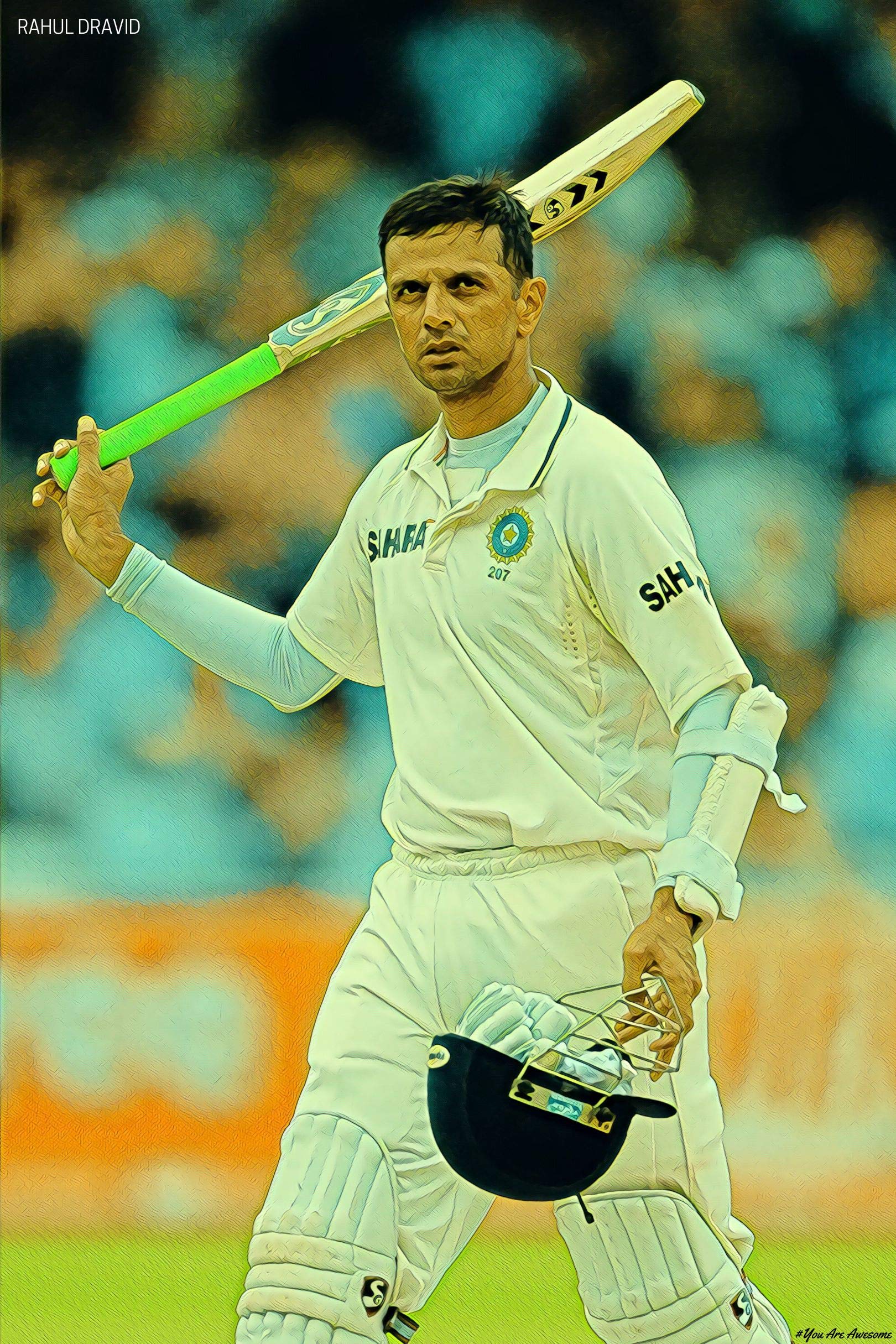
In the bustling city of Indore, Madhya Pradesh, a cricket legend was born to a Marathi-speaking Brahmin family. They named him Rahul Sharad Dravid.
Not long after, the Dravid family set sail for Bangalore, Karnataka, which Rahul would come to call home.
Amid the fragrances of jams and preserves from his father Sharad’s workplace, young Rahul acquired a sweet moniker, “Jammy”.
Meanwhile, his mother, Pushpa, shaped young minds as a professor of architecture. Rahul shared his childhood with a younger brother, Vijay, weaving tales of dreams and discipline under the Bangalore sky.
Education: A Blend of Academics and Sports
Rahul’s journey through the corridors of St. Joseph’s Boys High School was just the beginning. He further honed his skills and knowledge at St Joseph’s College of Commerce, where he earned a degree in commerce.
Even as textbooks and ledgers filled his days, cricket coursed through his veins, a silent whisper of his destiny.
Rahul balanced the pursuit of an MBA with cricket bats and balls at the St Joseph’s College of Business Administration.
Mastering languages along the way, he became fluent in Marathi, Kannada, English, and Hindi. Little did he know, his adeptness in cricket would soon echo across stadiums worldwide.
These paragraphs transport us through Rahul Dravid’s formative years, revealing how his nickname “Jammy” came to be and his educational path, which seamlessly blended with his cricket journey.
Rahul Dravid: A Portrait of Personal Harmony
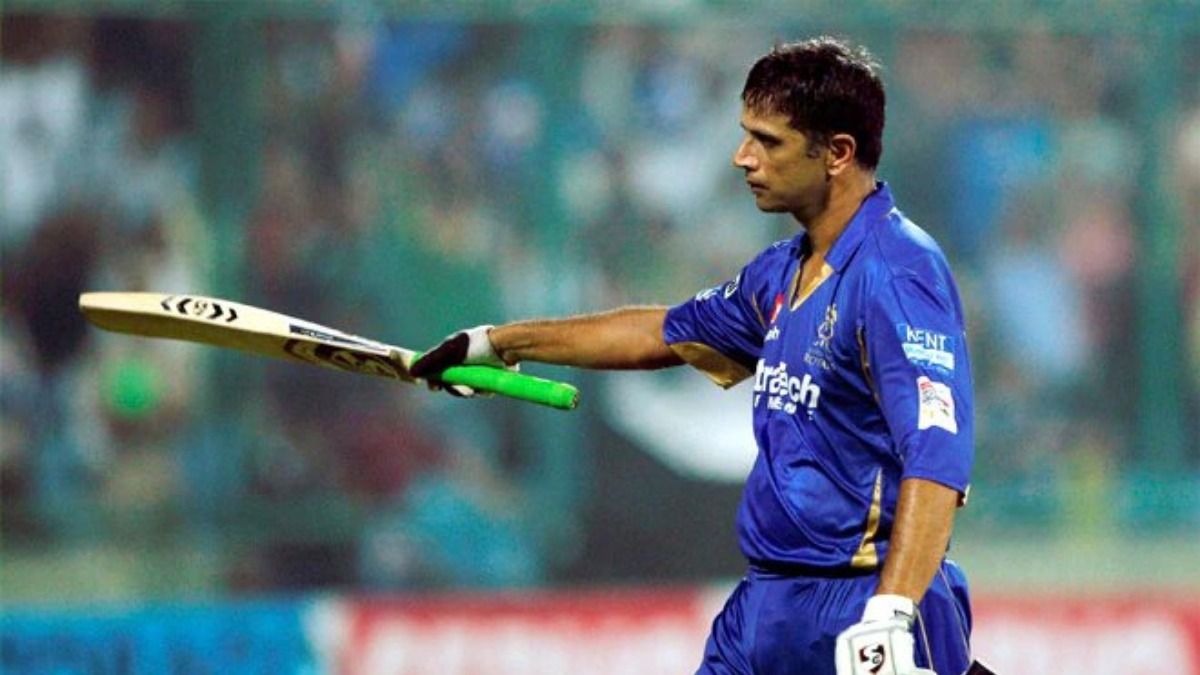
In a harmonious blend of love and tradition, Rahul Dravid tied the knot with Vijeta Pendharkar, a skilled surgeon from Nagpur, on the 4th of May, 2003.
Sharing roots in the Deshastha Brahmin community, they embody unity. Together, they welcomed two joys into their lives: Samit in 2005 and Anvay in 2009.
Dravid’s linguistic prowess stretches across Marathi, Hindi, Kannada, and English, painting a picture of a man deeply connected to his heritage and the wider world.
Rahul Dravid: Formative Years and Domestic Career
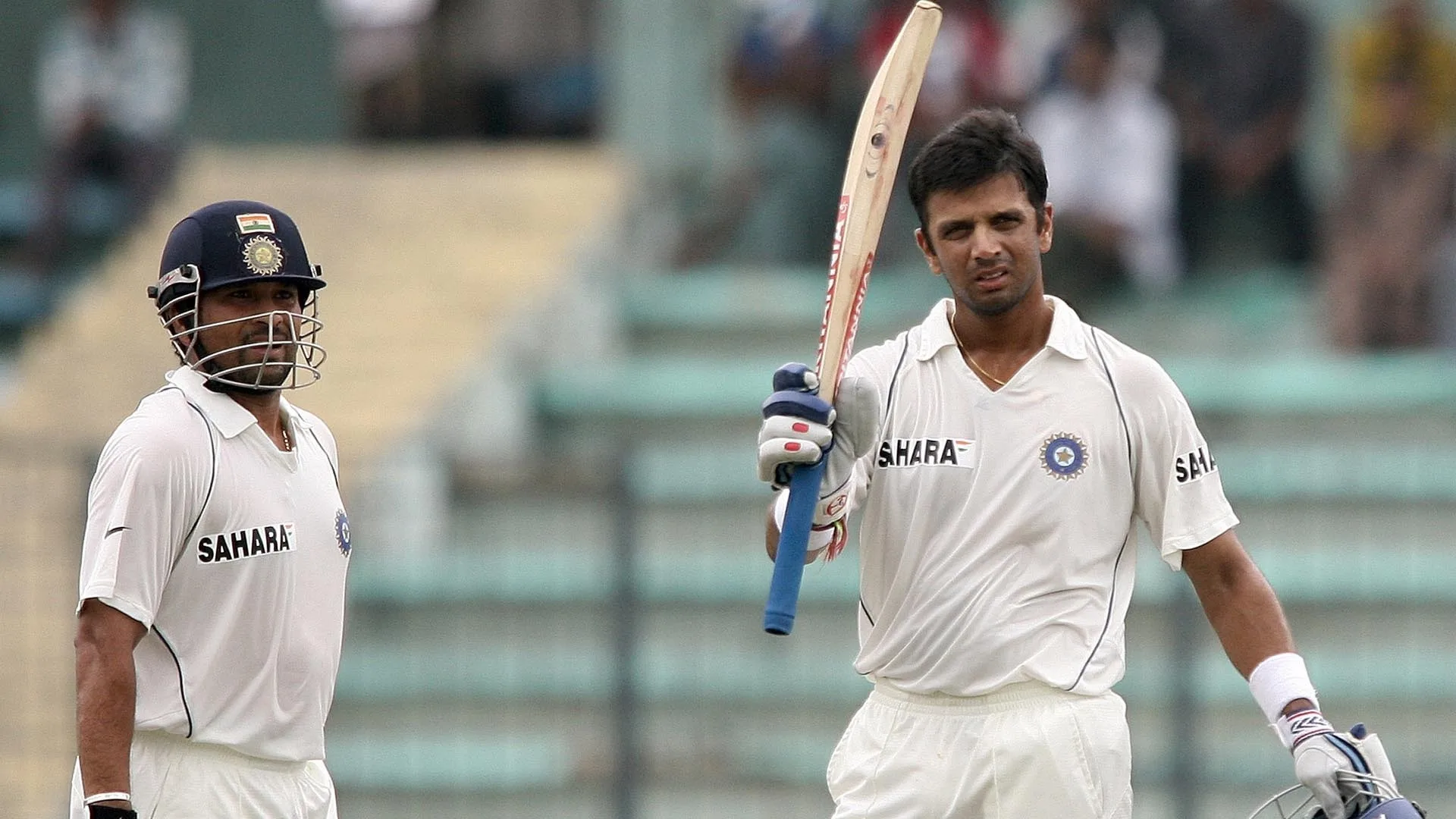
At just 12 years old, Rahul Dravid picked up a cricket bat, marking the start of an iconic journey. He quickly showcased his prowess, playing for Karnataka at the under-15, under-17, and under-19 levels.
Keki Tarapore, a former cricketer, spotted Dravid’s exceptional talent during a summer camp at the Chinnaswamy Stadium.
Notably, Dravid shone brightly, scoring a century for his school team and even donning the wicket-keeper’s gloves.
Rising Through the Ranks: From College to the Cricket Field
While juggling college books and cricket bats, Dravid made a memorable Ranji Trophy debut in February 1991.
Sharing the field with future Indian stars Anil Kumble and Javagal Srinath against Maharashtra in Pune, he knocked a commendable 82 runs, contributing to a match that ended in a draw.
His relentless pursuit of excellence didn’t stop there. A century against Bengal and three back-to-back centuries underscored his rising star in cricket.
The 1991–92 season was a breakthrough for Dravid, as he amassed 380 runs at an impressive average of 63.30, earning him a spot in the South Zone cricket team for the Duleep Trophy.
His consistent performance, especially against England A in the 1994–95 series, caught the eye of the national team selectors, setting the stage for his illustrious international career.
Rahul Dravid: The Steadfast Journey to Cricket Stardom
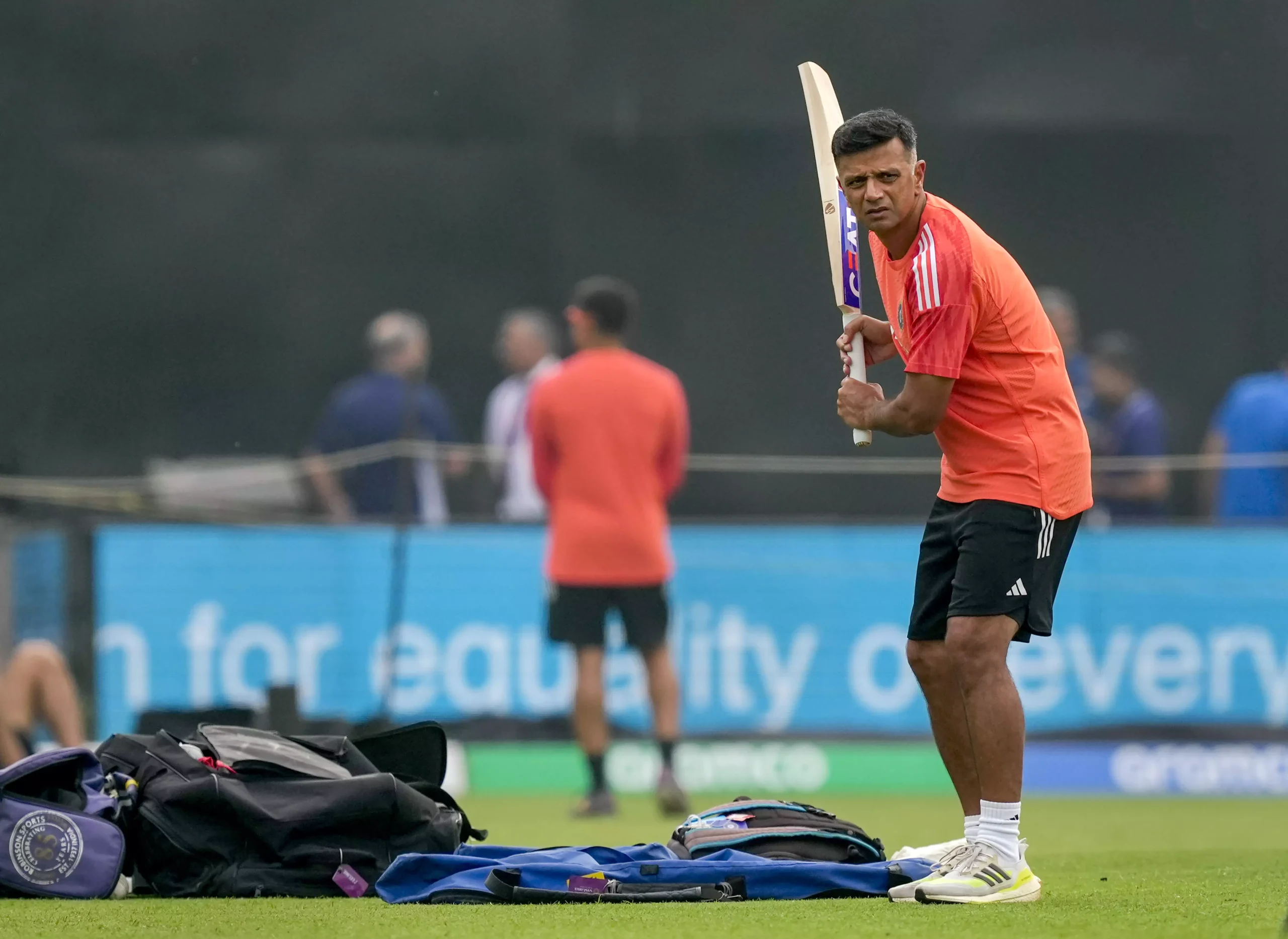
Rahul Dravid’s call-up to the Indian national cricket team in 1994 sparked excitement but also brought disappointment. Despite shining in domestic cricket, he missed out on playing in the 1996 World Cup.
Newspapers questioned the fairness of his exclusion. However, Dravid didn’t let this setback dampen his spirits.
His persistence paid off when he made his international debut in April 1996 against Sri Lanka. Though he scored only three runs, he showcased his fielding prowess with two catches.
From ODI Struggles to Test Triumphs
Dravid’s ODI debut might not have gone as planned, but his Test debut was a different story. Selected for the England tour, he didn’t play the first match but seized his opportunity in the second Test at Lord’s.
Scoring 95 runs, Dravid missed a century by a whisker but left an indelible mark. His performance against England and subsequent matches underscored his mastery in Test cricket.
He ended his debut series with a promising average, hinting at the start of an illustrious career.
Building a Legacy in Tests, Facing ODI Challenges
In the following years, Dravid solidified his position in Test cricket with remarkable consistency. His performances in South Africa and the West Indies were particularly noteworthy, earning him acclaim and awards.
Despite his success in Tests, Dravid struggled to replicate his form in ODIs. His initial years saw him in and out of the ODI team, struggling to make a significant impact. Yet, he never gave up, continuously working on his game to adapt to the shorter format.
Adaptation and Success in ODIs
As Dravid worked on his batting, his efforts in ODIs began to bear fruit. Notably, his performances during the 1998-99 New Zealand tour and against Sri Lanka in the Pepsi Cup highlighted his evolving ODI game.
He not only improved his strike rate but also demonstrated versatility by taking on wicket-keeping duties and even claiming his first wicket in international cricket.
These achievements marked Dravid’s growing confidence and skill in one-day internationals.
Conclusion: Rahul Dravid’s Enduring Legacy
Rahul Dravid’s cricket journey reflects his resilience, adaptability, and unwavering dedication.
From a challenging start to becoming a cornerstone of the Indian cricket team in both Tests and ODIs, Dravid’s career is a testament to his hard work and determination.
His story inspires budding cricketers to persevere and adapt, ensuring his legacy in the cricket world remains unmatched.
Rahul Dravid’s Stellar World Cup Debut
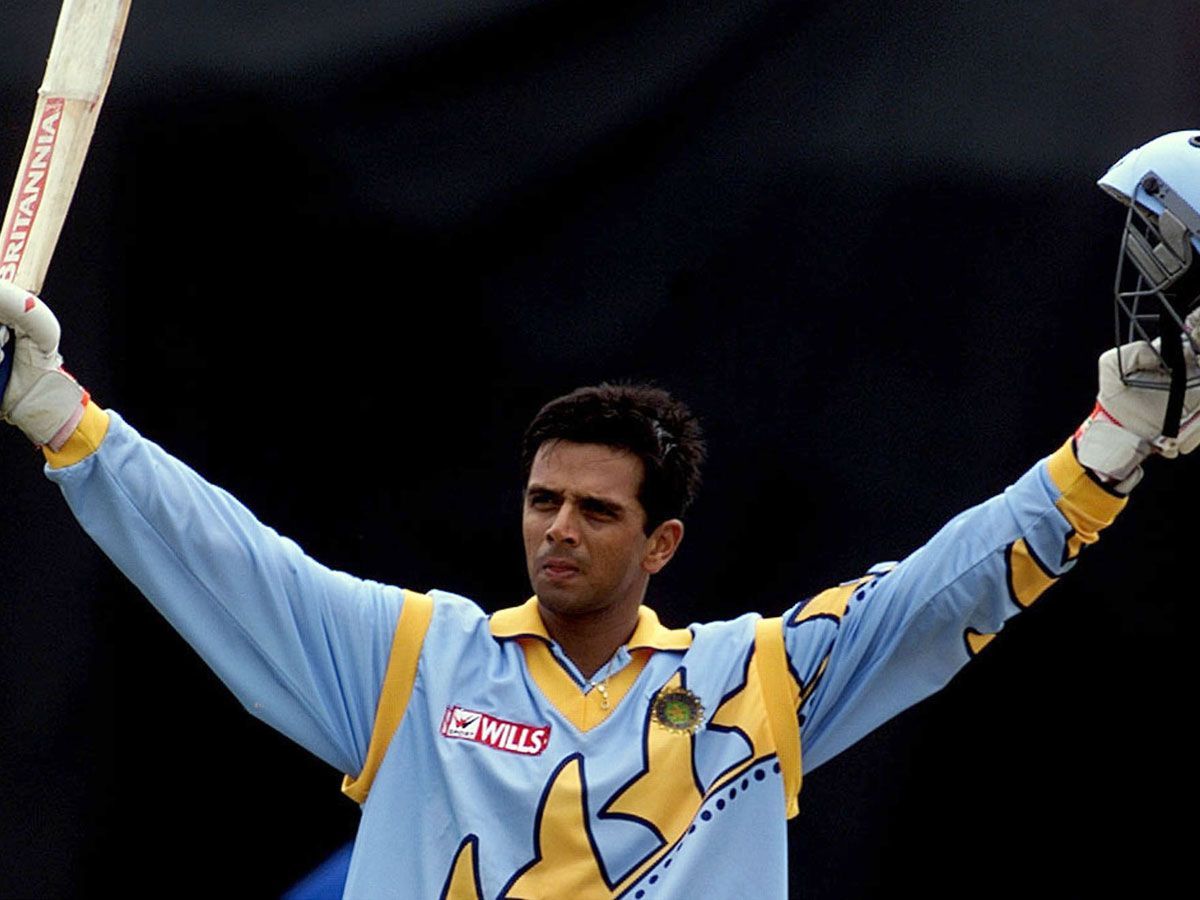
Rahul Dravid stepped onto the World Cup stage against South Africa at Hove, marking his debut with a noteworthy half-century.
Unfortunately, he managed only 13 runs in the subsequent match against Zimbabwe. India faced defeat in both these encounters.
Needing a turnaround, Dravid and Tendulkar crafted a monumental 237-run stand against Kenya in Bristol, setting a World Cup record.
Dravid notched his first World Cup century, propelling India to a 94-run triumph. With the designated keeper injured, Dravid donned the gloves for the remainder of the Kenyan innings.
Later, against Sri Lanka, he played as the official wicket-keeper, contributing to a historic 318-run partnership with Sourav Ganguly.
This effort led to a 157-run victory and Dravid scoring a magnificent 145 off 129 balls. Achieving back-to-back hundreds, he became the second batsman to do so in World Cup history.
Contributing a fifty against England, Dravid helped India advance to the Super Six stage. Despite scoring 2, 61, and 29 in the Super Six matches, India could not progress to the semi-finals.
Still, a win against Pakistan provided a silver lining during the tense backdrop of the Kargil War. Dravid emerged as the tournament’s top scorer, amassing 461 runs with an impressive average and strike rate.
Post-World Cup Endeavors: A Mixed Bag
After the World Cup, Dravid’s form dipped briefly during the Aiwa Cup, where he scored 40 runs across four games.
He soon rebounded, leading the run charts in the Singapore Challenge and the DMC Cup with standout performances, including a century and a decisive 77-run match-winning effort.
Across all formats, Dravid was the 1999 season’s top scorer, hinting at his burgeoning role as a part-time wicket-keeper.
In Test cricket, his resilience shone through against New Zealand at Mohali, where a second-innings 144 helped salvage a draw.
The ODI series against New Zealand further showcased Dravid’s prowess, where he was the series’ second-highest run-scorer.
His record-breaking 153-run innings in Hyderabad, alongside Tendulkar, set a new benchmark for ODI partnerships.
Challenges Down Under and Triumphs at Home
The tour of Australia posed challenges, with Dravid struggling in the Test series despite a century in a practice match.
His efforts in the Carlton & United Series, however, were commendable, featuring three fifties. Back home, Dravid faced a tough Test series against South Africa but found moderate success in the ODIs, contributing significantly to India’s series win.
His all-round performance, including a best bowling figure, highlighted his versatility. Throughout 1999, Dravid’s ODI achievements were remarkable, boasting an average of 46.34 across 43 matches, underscored by six hundreds and eight fifties.
The Captain’s Journey: Rahul Dravid’s Leadership and Resilience
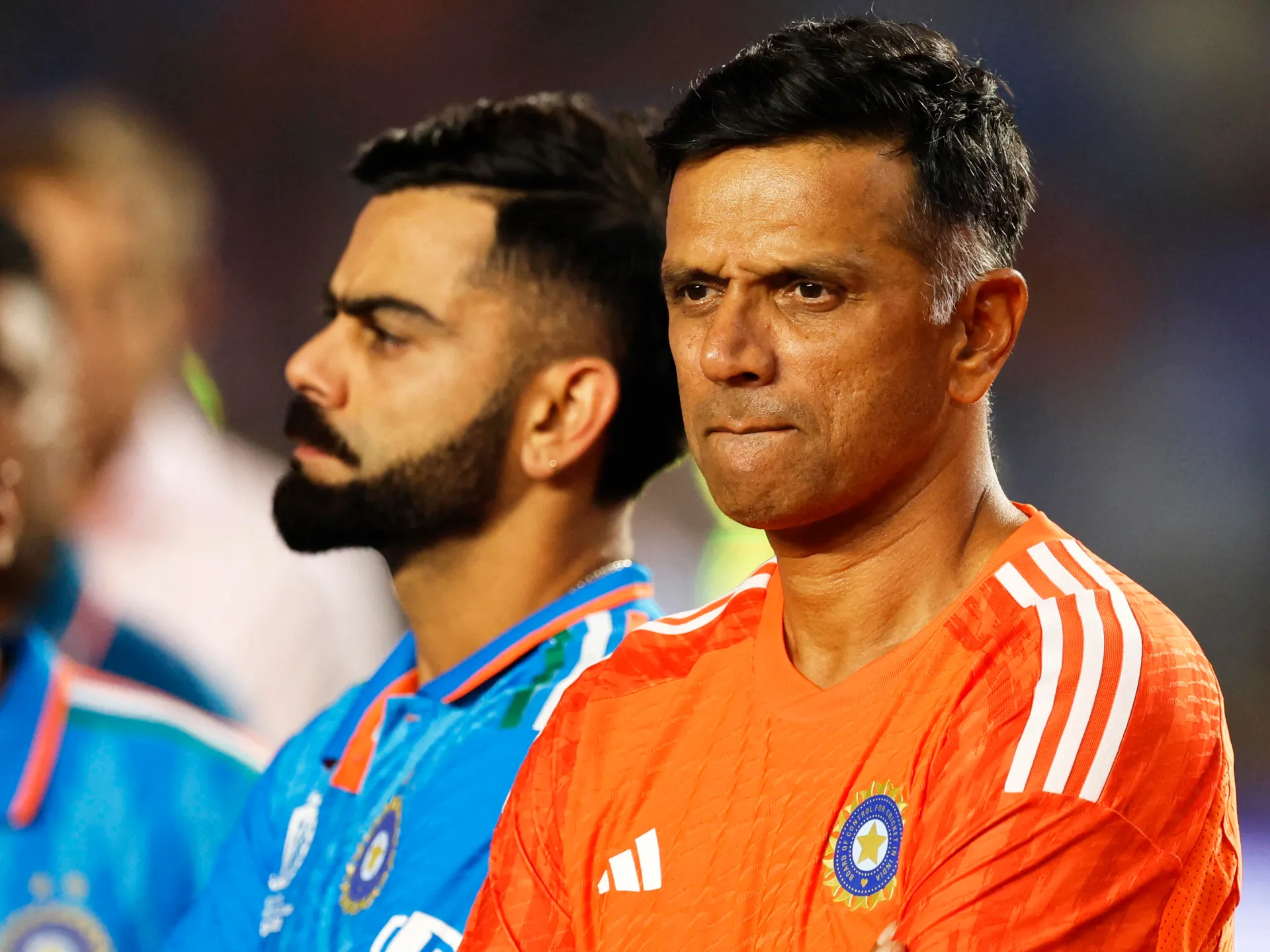
In 2007, leadership fell onto Rahul Dravid’s shoulders for the World Cup. Despite the team’s early exit, Dravid’s captaincy was a testament to his dedication.
A year later, he showcased his fielding prowess against Sri Lanka in Galle, never letting his guard down.
A Test of Strength: The 2011 England Tour
As 2011 unfurled, Dravid found himself in England, battling in a series that would determine the number one spot in Test cricket.
The West Indies tour had rekindled his form, evident from a remarkable century in Jamaica. Despite India’s struggles, Dravid’s brilliance shone brightly.
At Lord’s, he scored a stoic 103, marking his first century at the ground where his international journey began in 1996.
Then, at Trentbridge, he faced adversity head-on, scoring 117 as an opener. Despite his efforts, the team faced defeats, including a heavy loss in Birmingham.
Nonetheless, Dravid’s indomitable spirit was on full display at The Oval, where he scored an undefeated 146, carrying his bat through the innings.
His efforts accounted for over a quarter of India’s runs, earning him praise and the title of India’s man of the series.
Graceful Exit: Announcing Retirement
Unexpectedly, Dravid was called back for an ODI series in England in 2011. Surprised by the recall, he announced it would be his ODI swansong.
He played his last ODI innings with dignity, scoring 69 runs at Sophia Gardens. His final act on the international stage was in a T20I match, marking the end of an era.
Dravid’s retirement speech in March 2012 reflected his philosophy: giving his all, playing with dignity, and respecting the spirit of the game.
He retired from Test and domestic cricket with pride, having left an indelible mark on the sport.
Yet, he wasn’t quite done, captaining the Rajasthan Royals in 2012 and playing in a special match at Lord’s in 2014, continuing to inspire cricket lovers around the globe.
From Player to Pathfinder: The Rahul Dravid Journey
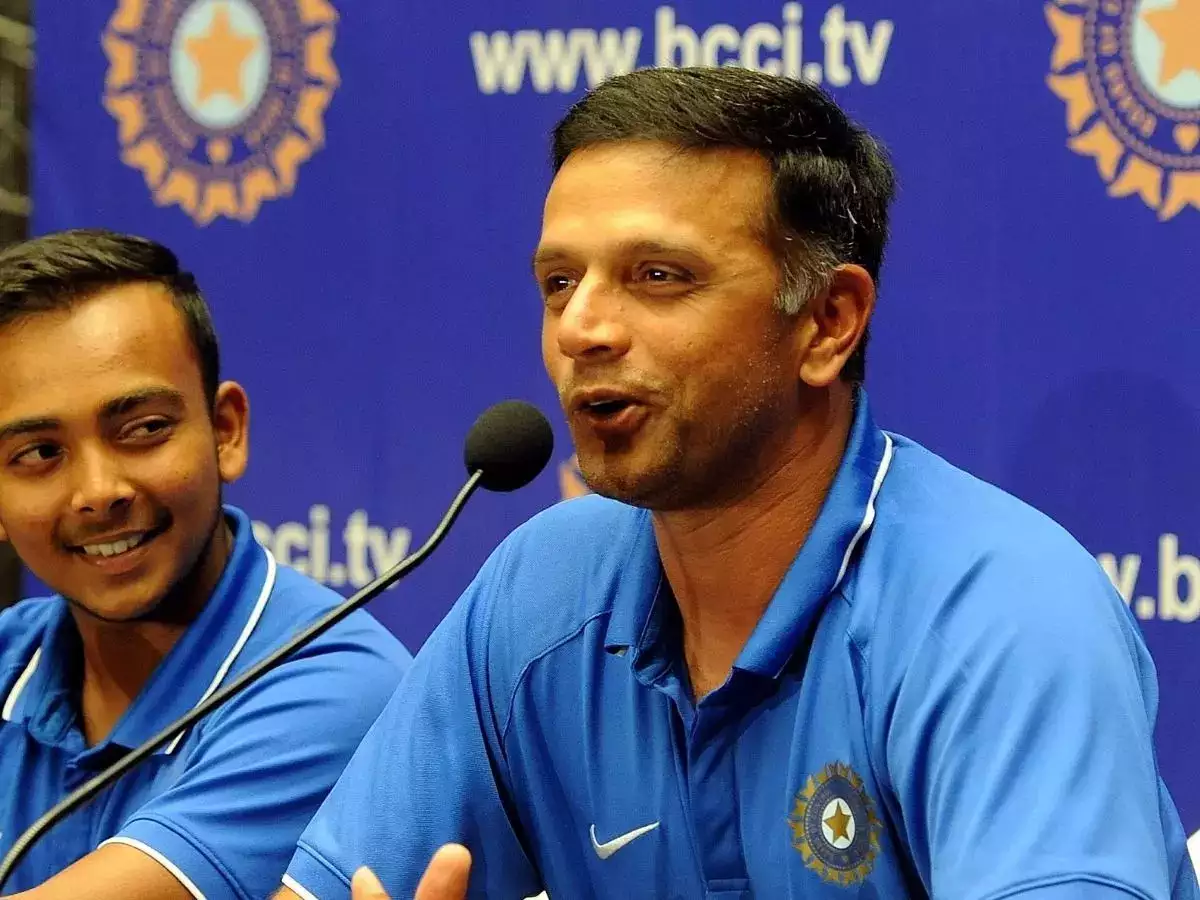
As his on-field saga neared its end, Rahul Dravid embraced a new role, lighting the way as a mentor for the Rajasthan Royals in the IPL by 2014.
That same year, he lent his expertise to the Indian national team, guiding them through their tour of England.
His leadership bore fruit in 2015, guiding the Royals to an impressive third-place finish in the IPL. Swiftly, he ascended to the roles of head coach for India’s U-19 and A teams, marking the start of a transformative era.
Coaching Triumphs
Under Dravid’s stewardship, the U-19 squad showcased their prowess, reaching the 2016 World Cup finals. Their crowning glory came in 2018, clinching the U-19 World Cup title by toppling Australia.
This victory marked India as the most decorated nation in the tournament’s history. Dravid’s tutelage helped sculpt future cricket luminaries like Rishabh Pant and Ishan Kishan, proving his impact extended far beyond immediate victories.
His mentorship journey continued with the Delhi Daredevils, further solidifying his legacy.
Nurturing the Next Generation
2019 ushered in a new chapter for Dravid, as he took the helm at the National Cricket Academy (NCA).
Tasked with a comprehensive role, he dedicated himself to refining player fitness, coaching methodologies, and support structures.
His efforts revitalized the NCA, setting new standards for player development and rehabilitation.
Climbing to New Heights
November 2021 marked another milestone, with Dravid assuming the role of head coach for the Indian national cricket team.
This appointment was a testament to his unwavering commitment and transformative vision for Indian cricket.
Through each step of his journey, Dravid has remained a beacon, guiding the path for countless cricketers and reshaping the landscape of the sport.
The Sweet Misunderstanding: Rahul Dravid’s Sticky Situation
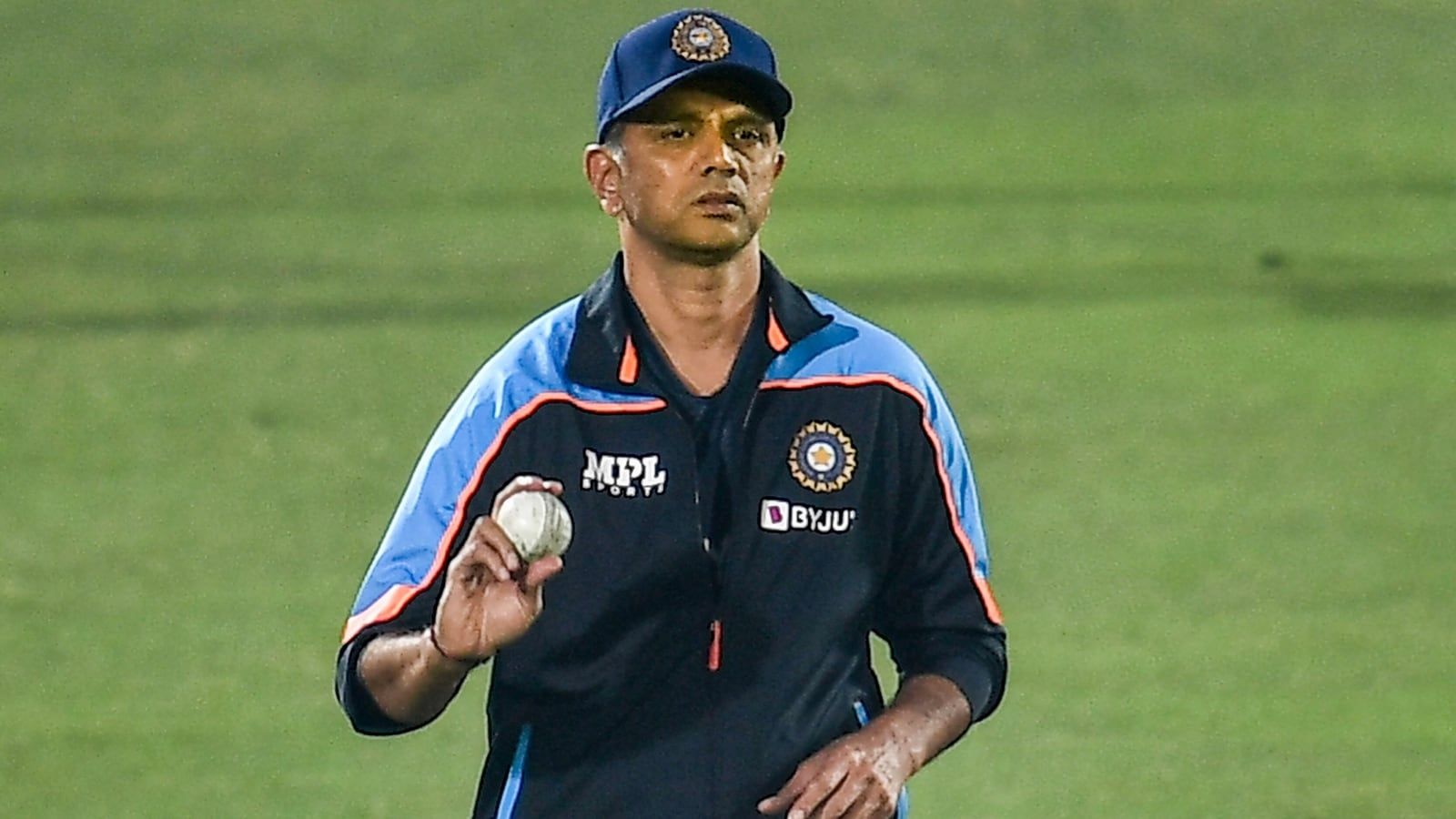
In January 2004, a sticky incident caught Rahul Dravid in a controversial whirlwind. Clive Lloyd, the match referee, spotted him applying a lozenge to the ball during a one-day international against Zimbabwe.
Despite the ICC’s strict rules against altering the ball’s condition, Lloyd ruled this act deliberate. Dravid faced a fine, losing half his match fee.
Nonetheless, John Wright, India’s coach, jumped to his defense. He described the act as a simple blunder, not a calculated move.
Similarly, Sourav Ganguly, the former Indian captain, echoed the sentiment, labeling it an innocent mishap.
Captaincy Rollercoaster: The Highs and Lows of Leading Team India
Rahul Dravid’s captaincy journey was a mixed bag of strategic brilliance and tough calls. March 2004 saw him make a controversial decision to declare India’s first innings, leaving Sachin Tendulkar stranded on 194 not out.
This bold move occurred during a match where Sehwag etched his name in history with a triple century, the first by an Indian in Test cricket.
Fast forward to March 2006, and Dravid faced criticism after a strategic misstep in Mumbai led to India’s defeat against England.
This loss was England’s first Test win on Indian soil since 1985 and unfortunately coincided with Dravid’s 100th Test match. The decision to bowl first backfired, resulting in India’s collapse during the run chase.
Critiques didn’t spare Dravid during his tenure as captain in one-day internationals either. After India’s unsuccessful bid in the DLF Cup, former all-rounder Ravi Shastri pointed out Dravid’s lack of assertiveness.
Dravid calmly responded, suggesting that Shastri wasn’t fully aware of the team’s internal dynamics.
His leadership faced further scrutiny from Vijay Mallya after the Royal Challengers Bangalore’s disappointing seventh-place finish in the 2008 IPL season.
Mallya questioned Dravid’s team balance, adding another chapter to the challenges faced by Dravid as a leader.
Brand Ambassador Extraordinaire: Rahul Dravid
Throughout his illustrious career, Rahul Dravid has not just scored on the field but also in the world of endorsements.
Since 1996, Reebok, along with Pepsi from 1997, have enjoyed a long-standing partnership with him.
His endorsement portfolio is diverse, ranging from Kissan to Castrol since 2001, and from Hutch in 2003 to Karnataka Tourism in 2004.
Max Life and Bank of Baroda have counted on his reliable image since 2005. From Citizen in 2006 to Skyline Construction, and even Gillette, his face is synonymous with trust.
Despite the end of his Samsung deal in 2004, Dravid’s brand affiliations, like with World Trade Center Noida since 2013 and CRED since 2021, remain strong.
Commitment Beyond the Crease
Off the field, Rahul Dravid champions societal progress. He stands tall as a pillar of the Children’s Movement for Civic Awareness.
As a dedicated UNICEF supporter, he also plays a crucial role in AIDS awareness campaigns, showcasing his commitment to making a difference beyond cricket’s boundaries.
Frequently Asked Questions (FAQs)
How did Rahul Dravid earn the nickname "Jammy"?
Rahul Dravid was affectionately nicknamed “Jammy” due to his father’s profession in the jam and preserve industry. This sweet moniker followed him throughout his cricketing career, symbolizing his smooth and consistent performance on the field.
What roles has Rahul Dravid undertaken off the cricket field?
Beyond cricket, Dravid has been a significant figure in social causes, including the Children’s Movement for Civic Awareness and as a UNICEF supporter for AIDS awareness campaigns. His endorsements also highlight his trustworthiness and appeal beyond sports.
What was Rahul Dravid's approach to balancing education and cricket?
Dravid balanced his academic pursuits with cricket from a young age, excelling in both fields. He pursued a degree in commerce while honing his cricket skills, demonstrating his commitment to education and sports equally.



